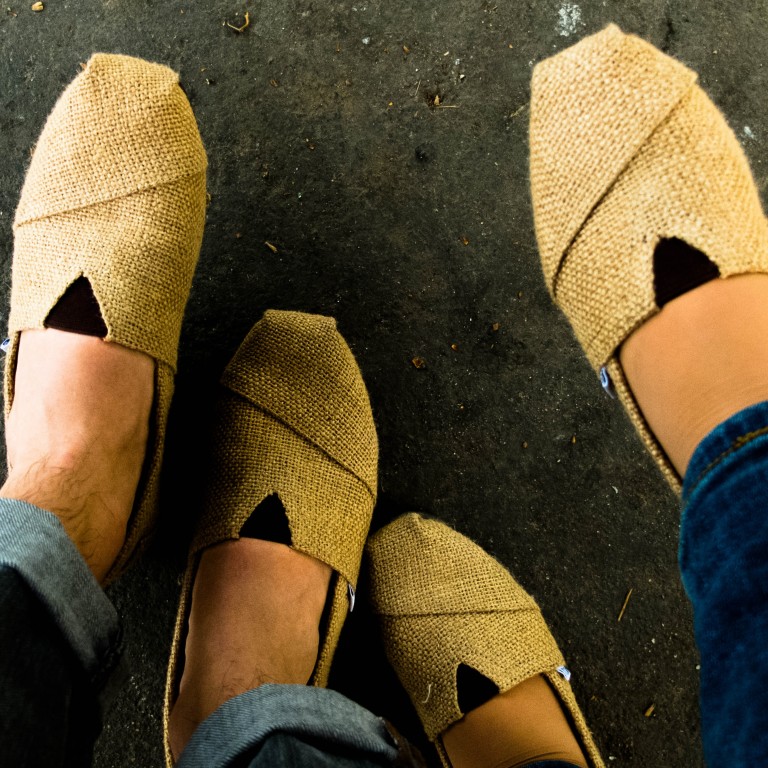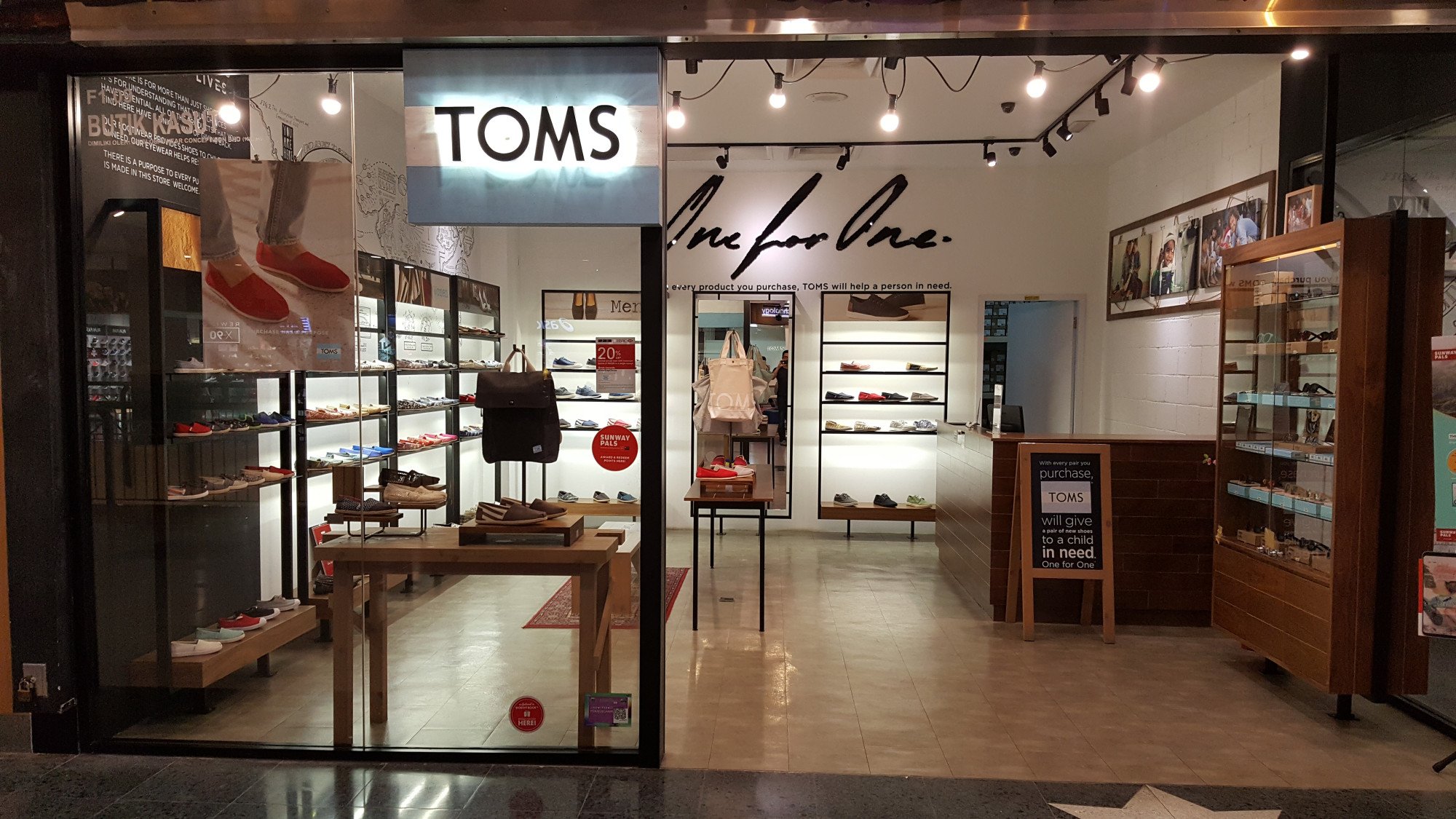
Toms Shoes increases sneakers push, donates to causes like preventing gun violence, as struggling brand pivots from millennials to Gen Z and teens
- Once worn by celebrities such as Snoop Dogg and Anne Hathaway, Toms is making a bid to rebound from a remarkable fall in recent years
- The brand has ended footwear donations, instead giving a third of profits to causes it says Gen Z cares about, and marketing has been revamped to focus on teens
Toms, the once high-flying shoe brand, is itching for a comeback, and it starts with expanding beyond the millennials who swooned for its slip-ons and how it donated a pair of shoes to a needy child for each one sold.
“There’s no secret that over the last four or five years Toms has gone through a revenue decline,” Wedhammar said. But the brand still has decent name recognition, he explained. “Most Gen Zs are aware of Toms.”

To convert more into customers, the Los Angeles-based company will weave its new giving model into its marketing. The brand plans to use fewer professional models and instead highlight young people who are advocates for the causes the company is supporting.
5 sustainable sneaker brands selling cool shoes at affordable prices
“We have a great opportunity to sneakerise the Alpargata,” said Wedhammar, who pointed to the use of materials like faux fur and rubber soles to make the shoe a fashion sneaker. However, he downplayed the performance aspects. “We’re not saying we’re going to make sneakers that compete against the Nikes and Adidases of the world.”
“Moving away from one-to-one is a big thing for Toms because we were sort of the pioneer of that movement,” said Amy Smith, Toms’s chief strategy and impact officer.

He quickly became a leading advocate for integrating addressing social ills (like kids not having shoes) into business models – some called it compassionate consumerism.
The brand took off and brand extensions quickly followed, including into eyewear and coffee. It opened flagship stores. In 2012, Vogue included Mycoskie in its list of movers and shakers, saying he “revolutionised what we’ve come to expect from the things we buy”. Toms looked like a budding empire.
“They gained a loyal following,” said Shawn Grain Carter, professor of fashion business management at the New York-based Fashion Institute of Technology. “Their canvas shoe became synonymous with doing something that’s charitable, ethical and tangible.”
How Gen Z became the sneaker kings, and why they’ll only go bigger
But copycats emerged, either by adopting the donation model or making similar shoes. With growth slowing in August 2014, it sold a 50 per cent stake that included voting control to private equity firm Bain Capital, valuing the company at US$625 million.
The deal was essentially a leveraged buyout, with Toms taking out a US$300 million loan. It also marked Mycoskie being replaced as head of the company, although he remained its figurehead.
About a year later, credit rating agency S&P Global Ratings downgraded the debt, saying the company was struggling to grow sales and return to profitability. Despite management changes, Toms kept fading under Bain’s ownership and hit bottom in December 2019 when debtholders took control.
Bain declined to comment for this story.

Making matters worse is that Americans cut back on footwear during Covid-19, with US sales sinking 15 per cent last year, according to researcher NPD Group. However, there are signs of improvement as vaccinations increase.
Toms generated revenue of more than US$200 million last year, Wedhammar said. That’s down from almost US$300 million in 2019, according to estimates by Moody’s Investor Service, which provides credit ratings, research and risk analysis.
A big reason for the decline is that its retail accounts got hammered by the pandemic. One positive is that the brand’s e-commerce unit had its biggest revenue year ever. Going into the pandemic, more than half the company’s sales came from its own channels.
Looking ahead, Toms ideally wants to maintain a lot of the 30-somethings that formed its breakthrough all those years ago, while pushing the brand younger. But even its head of marketing admits that will be difficult.
“We may lose some of them, and that’s OK,” chief marketing officer Ian Stewart said of millennials. “You sometimes need to lose some to gain some.”

